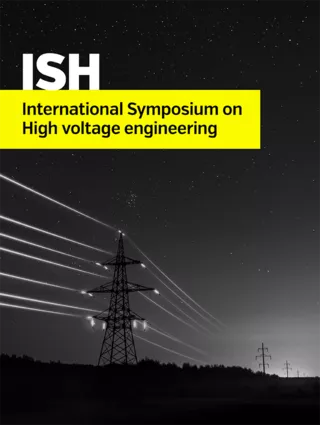Summary
The pollution accumulation on the insulators surface is one of the main causes of electrical system failure. The severity of pollution and the environmental conditions are determining factors for the selection of shape and physical dimensions of insulator. Ceramic insulators still represent a significant portion of insulators installed in electrical systems. Reliable diagnostic techniques, higher thermal resistance and lower environmental degradation are some factors that favour the use of ceramic insulators. However, the high weight, susceptibility to vandalism and wettability properties of surface represents some limitations. The high level of wettability compromises their performance in regions of intense humidity and pollution. Alternatively, the application of polymer coatings on the surface of ceramic insulators allows to increase the insulation performance in weathering conditions. The hydrophobic surface minimizes mechanisms responsible for occurrence of flashover and increases the operational lifetime of the insulator. This paper investigates the performance of polymer coatings applied to ceramic insulators under artificial pollution conditions. The coatings are composed of room temperature vulcanized silicone rubber and carnauba wax powder. The coatings were applied on the surface of glass insulators and evaluated at three different levels of pollution. The technique for sample contamination was based on modifications of the solid layer method proposed by IEC 60507. A preconditioning step was performed with the application of inert material in form of powder (kaolin) in order to reduce hydrophobicity before application of the contaminant suspension in coated insulators. Breakdown voltage tests were performed using the even-raising method. The test was applied to coated insulators to verify the dielectric strength and the aging of samples. The leakage current was monitored before and after disruptive voltage test and used as analysis parameter. From the results, it was verified that insulators coated for RTV-SIR added to the carnauba wax filler presented good resistance to the occurrence of disruptive discharges. Values of leakage current and the ratio between 3rd and 5th harmonics indicated the aging of the samples.
Additional informations
| Publication type | ISH Collection |
|---|---|
| Reference | ISH2017_306 |
| Publication year | |
| Publisher | ISH |
| File size | 774 KB |
| Pages number | 6 |
| Price for non member | Free |
| Price for member | Free |



